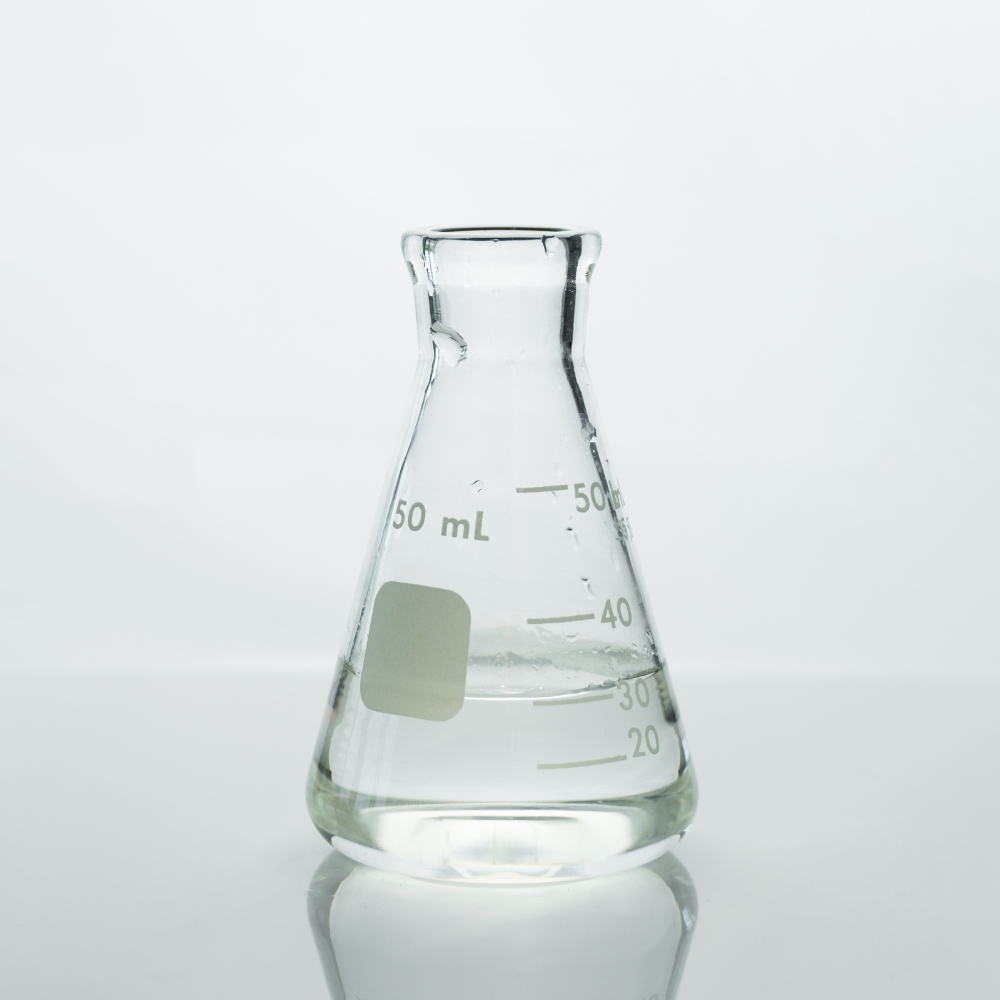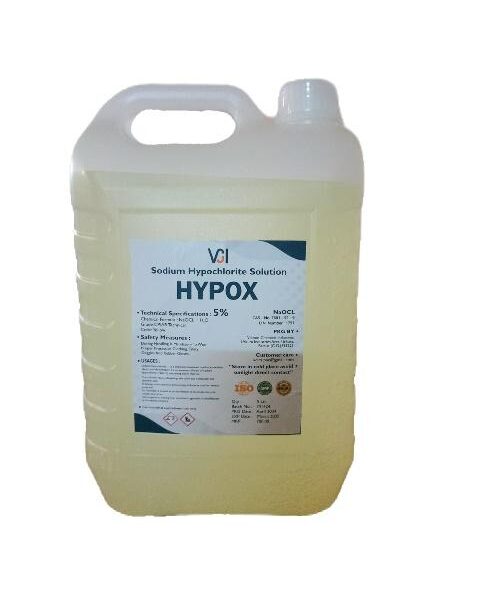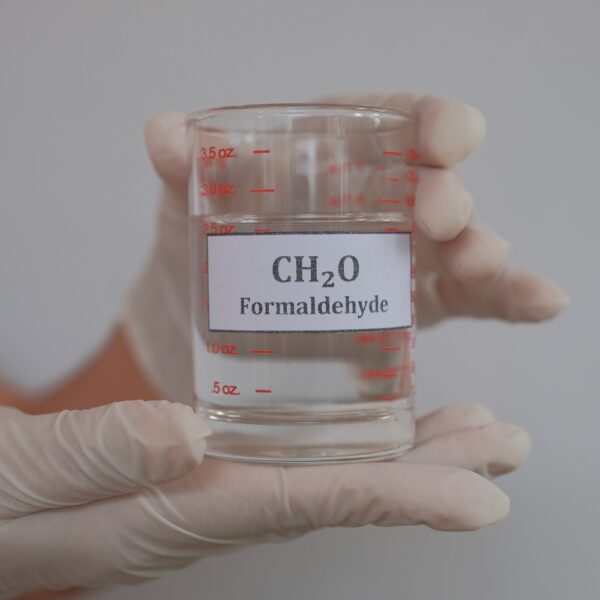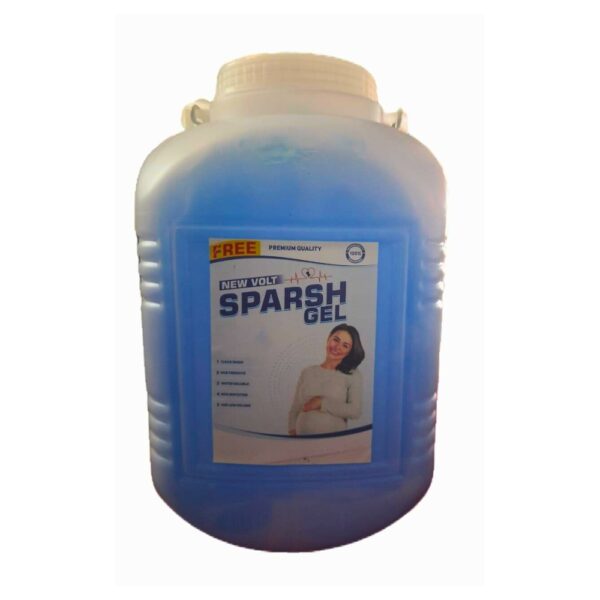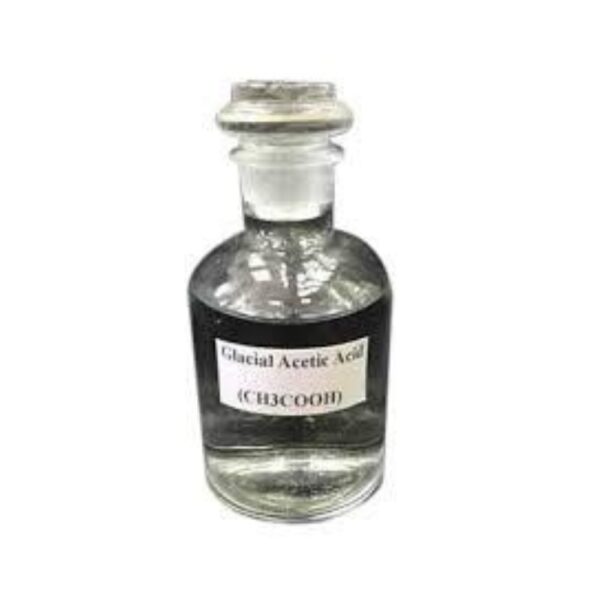Acetone
| Form | liquid |
|---|---|
| Formula | |
| Packaging | 50 LTR, 200 LTR, 250 LTR |
| Purity | 99.99% |
| Shelf Life | 2 year |
| GRADE | Technical |
| CAS NO. | 67-64-1 |
| Molar mass | 58.080 g·mol−1 |
| Odor | Pungent, fruity |
| Density | 0.7845 g/cm3 |
We are supplying acetone for industrial uses. Acetone (2-propanone or dimethyl ketone) is an organic compound with the formula (CH3)2CO. It is the simplest and smallest ketone (>C=O). It is a colorless, highly volatile, and flammable liquid with a characteristic pungent odor, very reminiscent of the smell of pear drops.
Acetone is miscible with water and serves as an important organic solvent in industry, home, and laboratory. About 6.7 million tons were produced worldwide in 2010, mainly for use as a solvent and for the production of methyl methacrylate and bisphenol A, which are precursors to widely used plastics. It is a common building block in organic chemistry. It serves as a solvent in household products such as nail polish remover and paint thinner. It has volatile organic compound (VOC)-exempt status in the United States.
Acetone is produced and disposed of in the human body through normal metabolic processes. It is normally present in blood and urine. People with diabetic ketoacidosis produce it in larger amounts. Ketogenic diets that increase ketone bodies (acetone, β-hydroxybutyric acid, and acetoacetic acid) in the blood are used to counter epileptic attacks in children who suffer from refractory epilepsy.
Its uses include being a chemical intermediate, solvent for synthetic fibers and plastics, precursor for methyl methacrylate, preparation of metal before painting, pharmaceutical industries in some drugs, laboratory rinse for glassware, drying agent, defatting process, cosmetics such as nail polish remover, and the treatment of acne, among others.
Acetone’s most hazardous property is its extreme flammability. In small amounts, acetone burns with a dull blue flame; in larger amounts, fuel evaporation causes incomplete combustion and a bright yellow flame. When hotter than acetone’s flash point of −20 °C (−4 °F), air mixtures of 2.5-12.8% acetone (by volume) may explode or cause a flash fire. Vapors can flow along surfaces to distant ignition sources and flash back.
Static discharge may also ignite acetone vapors, though acetone has a very high ignition initiation energy and accidental ignition is rare. Acetone’s auto-ignition temperature is relatively high at 465 °C (869 °F); moreover, the auto-ignition temperature depends upon experimental conditions, such as exposure time, and has been quoted as high as 535 °C. Even pouring or spraying acetone over red-glowing coal will not ignite it, due to the high vapor concentration and the cooling effect of evaporation.
Acetone should be stored away from strong oxidizers, such as concentrated nitric and sulfuric acid mixtures. It may also explode when mixed with chloroform in the presence of a base. When oxidized without combustion, for example with hydrogen peroxide, acetone may form acetone peroxide, a highly unstable primary explosive. Acetone peroxide may be formed accidentally, for example, when waste peroxide is poured into waste solvents.
Product Description
We are supplying acetone for industrial uses. Acetone (2-propanone or dimethyl ketone) is an organic compound with the formula (CH3)2CO. It is the simplest and smallest ketone (>C=O). It is a colorless, highly volatile, and flammable liquid with a characteristic pungent odor, very reminiscent of the smell of pear drops.
Acetone is miscible with water and serves as an important organic solvent in industry, home, and laboratory. About 6.7 million tons were produced worldwide in 2010, mainly for use as a solvent and for the production of methyl methacrylate and bisphenol A, which are precursors to widely used plastics. It is a common building block in organic chemistry. It serves as a solvent in household products such as nail polish remover and paint thinner. It has volatile organic compound (VOC)-exempt status in the United States.
Acetone is produced and disposed of in the human body through normal metabolic processes. It is normally present in blood and urine. People with diabetic ketoacidosis produce it in larger amounts. Ketogenic diets that increase ketone bodies (acetone, β-hydroxybutyric acid, and acetoacetic acid) in the blood are used to counter epileptic attacks in children who suffer from refractory epilepsy.
Its uses include being a chemical intermediate, solvent for synthetic fibers and plastics, precursor for methyl methacrylate, preparation of metal before painting, pharmaceutical industries in some drugs, laboratory rinse for glassware, drying agent, defatting process, cosmetics such as nail polish remover, and the treatment of acne, among others.
Acetone’s most hazardous property is its extreme flammability. In small amounts, acetone burns with a dull blue flame; in larger amounts, fuel evaporation causes incomplete combustion and a bright yellow flame. When hotter than acetone’s flash point of −20 °C (−4 °F), air mixtures of 2.5-12.8% acetone (by volume) may explode or cause a flash fire. Vapors can flow along surfaces to distant ignition sources and flash back.
Static discharge may also ignite acetone vapors, though acetone has a very high ignition initiation energy and accidental ignition is rare. Acetone’s auto-ignition temperature is relatively high at 465 °C (869 °F); moreover, the auto-ignition temperature depends upon experimental conditions, such as exposure time, and has been quoted as high as 535 °C. Even pouring or spraying acetone over red-glowing coal will not ignite it, due to the high vapor concentration and the cooling effect of evaporation.
Acetone should be stored away from strong oxidizers, such as concentrated nitric and sulfuric acid mixtures. It may also explode when mixed with chloroform in the presence of a base. When oxidized without combustion, for example with hydrogen peroxide, acetone may form acetone peroxide, a highly unstable primary explosive. Acetone peroxide may be formed accidentally, for example, when waste peroxide is poured into waste solvents.

ISO company certified

GMP company certified


